
Insulindiscovery and benefits
Diabetescauses a large number of deaths worldwide, especially in underdevelopedcountries. The body’s inability toproduce sufficient amounts of insulin is the main source of diabetes.
A sugarregulating hormone, Insulin is created by Islet of Langerhans, cells which arelocated within the pancreas. Whenever any food or beverage is taken, a rise inblood glucose occurs, prompting the Islets of Langerhans to secrete insulin.The glucose is then moved into the cells, from the blood, by the Insulin. Acell's membrane, in charge of restricting or allowing the passage of materialsthrough it, binds with insulin. After this, the insulin makes certain moleculesallow proteins and glucose into the cell, which in turn uses them as a form ofenergy. It is this transition that returns the blood glucose level tonormality. Without this process, the ensuing glucose buildup would eventuallylead to a lack of energy for the cells, and a slew of negative consequences. Insulin that does not originate from a humanorganism was initially discovered in 1921 by Charles H. Best and Frederick G.Banting, by extracting it from a canine pancreas. Adding protamine, a protein containedin fish semen that is easier to break down, was discovered in 1936. Some 44 yearslater, human insulin was generated using genetic engineering, with the firstcommercial use coming two years later. To create this form of insulin, a labenvironment is needed.
GeneratingInsulin
A bacteriumknown as Escherichia coli is used to grow insulin within it, but yeast is aviable option as well. Extracting the protein that makes the insulin is acomplex procedure that involves a DNA synthesizing, amino-acid sequencingdevice, which connects the previously inserted amino acids with each other. Theseacids are what form the proteins, such as the insulin protein. The actual connectionprocess first produces the prepoinsulin, followed by proinsulin and ultimatelyactive protein insulin. Various enzymes are applied to change these forms, involvingthe breakdown protein chains and altering the sequence. Other devices such asholding tanks, various X-ray crystallography instruments and centrifugationmachines are all needed to finalize the extraction, separation and purificationprocess of the insulin. Insulin can be created by letting the A and B insulinchains evolve separately. The DNA sequences of these chains are generatedartificially and then placed into the plasmids that are in turn put into the EscherichiaColi bacterium. As this is performed inthe vicinity of the lacZ gene, the insulin cannot be misplaced within the ColiDNA. This insertion process is named transfection. Fermentation follows,whereupon a cyanogen bromide treatment is applied for separation of insulinfrom the DNA. Oxidizing agents and centrifugation are the ensuing processes,that sort the components of the cells by density and size, so the DNA mix canfinally be purified, leaving just the insulin chains. A different method, knownas the Proinsulin Process, begins with proinsulin, following an almostidentical method as the one previously mentioned, except the amino acid machinesynthesizing the proinsulin gene. A more advanced method is Analog Insulin,involving a change of amino acid sequence to make an analog, which imitates a differentsubstance that deceives the cell into assimilating it. The method is quick toabsorb and begin functioning. The manufacture of insulin isan increasingly popular and widespread means of dealing with insulin deficiency.




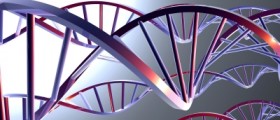
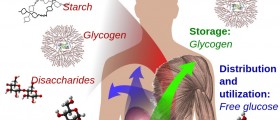
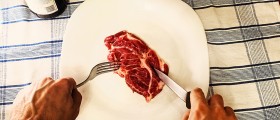
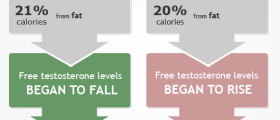
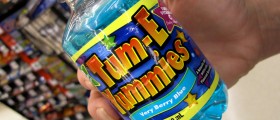
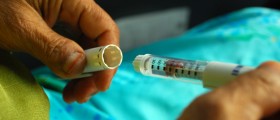
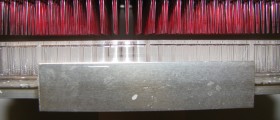
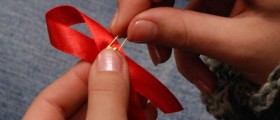
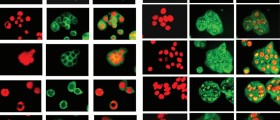


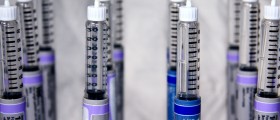
Your thoughts on this
Loading...